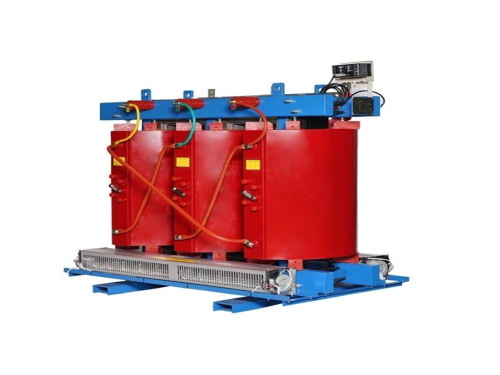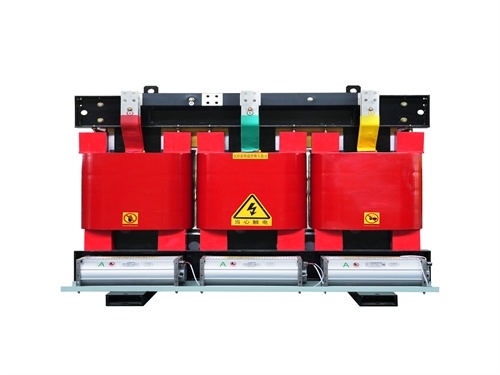

Inquiry

Project Review

Machining

Quality Control

Pass/Fail

Delivery
The selling price of dry-type transformers is influenced by factors such as capacity, energy efficiency, materials, brand, and additional features.
The selling price of dry-type transformers is influenced by factors such as capacity, energy efficiency, materials, brand, and additional features. The price ranges for different models in 2025 are as follows:


Capacity and Base Prices
100kVA: Approximately RMB 10,000–24,000 (e.g., conventional models in the SCB14 series).
500kVA: Approximately RMB 25,000–65,000, with copper prices being the primary driver of cost fluctuations.
1,000kVA: Approximately RMB 40,000–130,000, with the proliferation of intelligent modules driving up premiums.
2,000kVA: Approximately RMB 70,000–260,000, with increased costs due to environmentally friendly processes.
Impact of Energy Efficiency Ratings
Tier 1 Energy Efficiency (e.g., SCB18 models): 15%–30% more expensive than Tier 2 (SCB14) and Tier 3 (SCB12) models, offering significant long-term energy savings.
Amorphous Alloy Dry Transformers: 30% improved energy efficiency, with prices 25%–40% higher than conventional products, suitable for high-load scenarios.
Material and Process Costs
Copper Windings: Account for 30%–40% of costs, with copper prices expected to remain at RMB 70,000–75,000 per ton in 2025, supporting firm pricing.
Aluminum Windings: 20%–30% cheaper, but with higher long-term energy consumption, requiring careful consideration.
Environmentally Friendly Processes: For example, the localization of amorphous alloy strips has reduced costs, leading to an 8%–12% price decrease for some models.
Brand Premium and Procurement Strategies
International Brands (e.g., Siemens, ABB): Command a 20%–40% premium, suitable for high-end requirements.
Domestic First-Tier Brands (e.g., TBEA, Shunte Electric): Offer moderate prices and high cost-effectiveness.
Small and Medium-Sized Manufacturers: Prices are 10%–20% lower, but quality stability needs to be closely monitored.
Bulk Purchases: Discounts of 5%–15% are available for orders of 10 units or more, with group companies able to secure bulk discounts by consolidating orders.


Special Requirements and Additional Features
Protection Ratings (e.g., IP55): Enhance dust and water resistance, increasing costs.
Temperature Rise Requirements and Noise Control: For example, achieving a noise level of ≤55dB requires additional design optimization.
Fire Resistance Ratings (e.g., F-class/H-class insulation): Improve safety, with associated price increases.
On-Load Tap Changers and Epoxy Resin Processes: Meet specific scenario requirements, driving up prices.
Regional and Transportation Costs
Northwest and Northeast Regions: Prices are 5%–10% higher due to increased transportation costs.
Policy and Market Trends
Energy Efficiency Regulations: Mandatory implementation of Tier 1 energy efficiency is expected in 2025, with efficient models commanding a 10%–15% premium.
Carbon Tariff Impact: Transformers exported to Europe will incur additional carbon costs (approximately 3%–5%), affecting pricing for export-oriented enterprises.
Digital Integration: The cost of built-in sensors and edge computing modules has decreased, narrowing the price differential for intelligent transformers to within 5%.

The main products include oil immersed transformers, dry-type transformers, power transformers, amorphous alloy transformers, mining transformers, box type substations, high and low voltage switchgear and supporting products
Add: South Head of Mount Huangshan Road, Liaocheng Development Zone, Shandong, China
Email:sdbyqcj@163.com
Tel: +86 13706354419